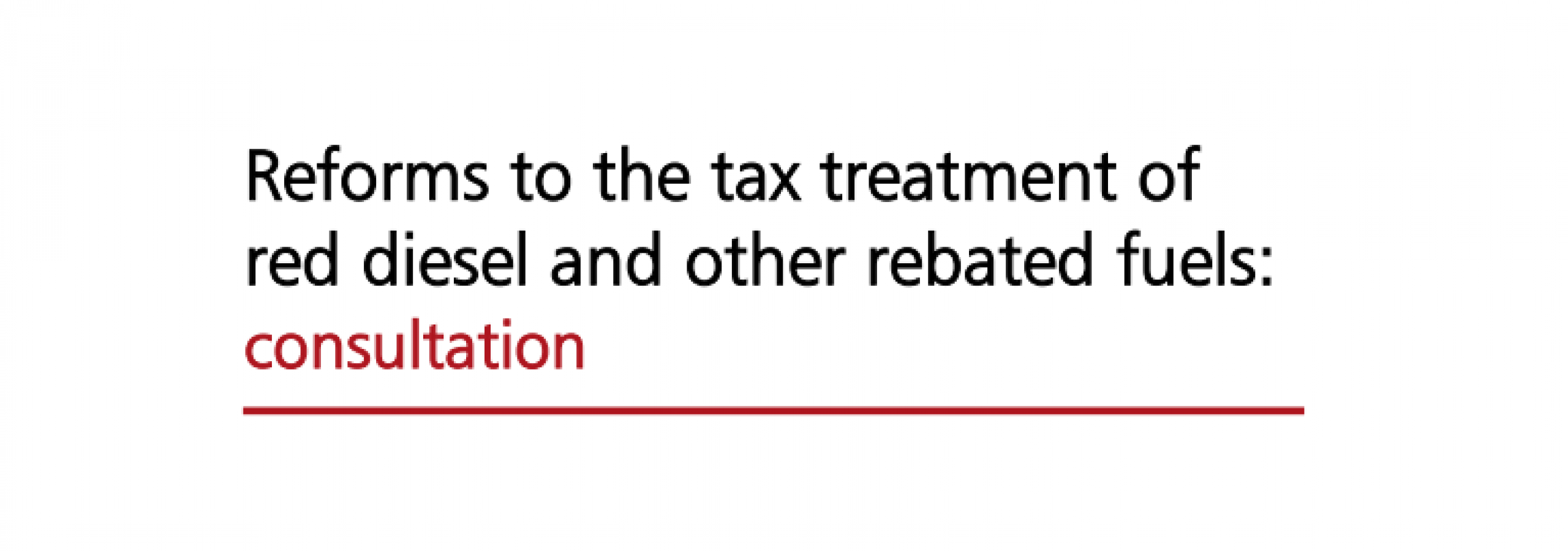In April 2022, the government will no longer allow BS2869 red diesel (no.2 gas oil) to be used in stationary / emergency diesel engines that are used for fire pump or electricity generation. This means that after this date, all fuel refills will need to be made using white diesel ( DERV EN590 – taxed at the full rate). The reason for this is to ensure businesses who are producing pollutants are taxed accordingly.
Red diesel is a tax-rebated fuel that has traditionally been used for stationary machines, agriculture and construction and all non-road applications. After April 2022, the majority of those entitled by the HMRC to use red diesel will be reduced to mainly non-commercial and agricultural users.
Existing fuel stocks of red diesel can be used prior to and after the cut-off date but proof must be provided that the fuel was purchased prior to April 2022. Red diesel is dyed red and has other chemical markers that allow HMRC to detect whether this has been fuel present in fuel tanks and engines.
All fuel suppliers are legally obliged to keep records of red diesel users. This information is shared with HMRC, so spot checks after April 2022 are to be expected.
There will be a changeover period during which red diesel in the system that was purchased prior to April 2022 must be depleted and replaced with white diesel. The advice from the government is to run the tank as low as possible and then refill with white diesel. In fire pump applications, this is not possible as the fuel tank must remain at least three-quarters full at all times to provide the duration of engine-run required to ensure full fire cover is maintained.
Can white diesel and red diesel be mixed?
It is not thought that mixing red and white diesel will cause any issues; however, this will need to be closely monitored at service inspections to check for any issues, such as contamination and filter blocking.
Dependent on the size of the fuel tank and fire pump hazard class, the white diesel could take over 12 months to fully flush through the system to the point where red diesel is no longer present.
What do I do now?
Do not purchase any further stocks of red diesel. Use your existing stocks and replace with white diesel. As always, good housekeeping with stored fuel is essential – modern fuels are very susceptible to water ingress and are hygroscopic, readily combining with water from the air, which results in microbial growth and higher flash point, reducing power output. BSEN590 white diesel also has a minimum bio content and ultra-low sulphur content (ULSD). While being good for the environment, these do reduce the shelf life of the fuel and increase its susceptibility to contamination.
Fuel should be safely stored in sealed containers in a clean and dry environment.
While it is not a mandatory requirement, periodic fuel tank cleaning is a good practice and carrying this out as part of a definitive change from red to white diesel will ensure correct fire pump operation and a definitive proof to the HMRC that fuel stocks were changed on that date with all markers of red diesel removed. This will simplify any future audits.
You can read the official government information at: https://www.gov.uk/government/consultations/consultation-on-reforms-to-the-tax-treatment-of-red-diesel-and-other-rebated-fuels
If you require more information or would like a free no-obligation quotation for the draining and cleaning of your fuel tanks, please email us at [email protected]

